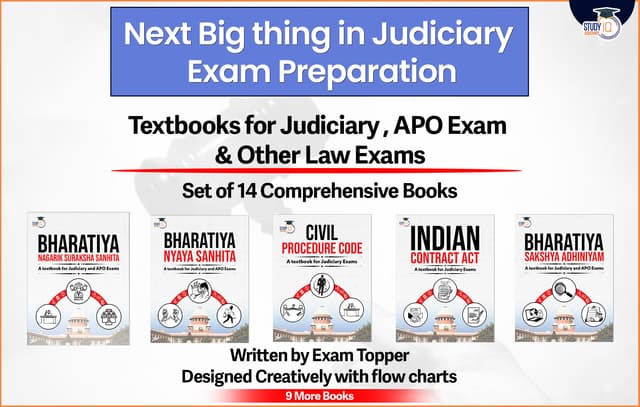Table of Contents
The Supreme Court has emphasized that preventive detention is an exceptional authority granted to the state and should be exercised with great caution. In a recent ruling, the Court overturned a district magistrate’s order that had placed a Kerala-based moneylender under preventive detention. The magistrate had justified the detention on the grounds that the individual was allegedly engaging in unlawful activities despite being granted bail in multiple cases.
However, the Supreme Court clarified that preventive detention is not meant to be used as a routine measure. Instead, if authorities believe that a person is violating bail conditions, they should approach the appropriate court to seek cancellation of bail rather than resorting to preventive detention. The Court reaffirmed that this power, recognized under Article 22(3)(b) of the Constitution, significantly restricts an individual’s liberty based on the anticipation of future offenses. Therefore, it must be applied only in extraordinary circumstances and not as a substitute for regular legal proceedings.

Case Analysis: Dhanya M v. State of Kerala 2025 INSC 809
The case revolves around the preventive detention of Rajesh, a private moneylender running Rithika Finance in Kerala. He was detained under the Kerala Anti-Social Activities (Prevention) Act, 2007 (KAAPA) on June 20, 2024, by the District Magistrate of Palakkad, who labeled him a notorious goonda based on multiple FIRs related to alleged loan sharking and assault. Rajesh had previously secured bail in four cases, but authorities invoked Section 3 of KAAPA to detain him for six months, arguing that he continued engaging in illegal activities despite bail. His wife, Dhanya M, challenged the detention before the Kerala High Court, seeking a writ of habeas corpus, but the High Court upheld the detention on September 4, 2024. Aggrieved by the High Court’s decision, Dhanya M appealed to the Supreme Court, which set aside both the detention order and the High Court’s judgment. A bench of Justices Sanjay Karol and Manmohan ruled that:
Preventive detention is an extraordinary power that must be exercised sparingly and not as a substitute for regular criminal proceedings. The State failed to justify how Rajesh’s actions posed a threat to public order rather than being isolated law-and-order infractions. If authorities believed Rajesh was violating bail conditions, they should have approached the competent court for bail cancellation instead of resorting to preventive detention.
Preventive detention under Article 22(3)(b): The Court reaffirmed that preventive detention is a constitutional exception and should only be used in exceptional circumstances. The Court cited precedents like SK Nazneen v. State of Telangana and Nenavath Bujji v. State of Telangana to clarify that individual criminal misconduct does not automatically amount to a public order disturbance. The Court noted that the State had not filed any application to cancel Rajesh’s bail in any of the four FIRs, nor had it specified which bail conditions were allegedly violated.
The Court examined Section 2(j) of KAAPA, which defines a goonda as someone engaging in activities harmful to public order, and Section 3, which allows preventive detention of a known goonda. However, the Court found that Rajesh’s actions did not meet the threshold for preventive detention.
The Supreme Court quashed the preventive detention order, emphasizing that preventive detention should not be used to bypass ordinary legal mechanisms like bail cancellation. The ruling reinforces the principle that preventive detention is a draconian measure and must be exercised only in the rarest of rare cases.
Overview of Preventive Detention Laws
The Madras High Court in Manokaran v. State of T.N. took note of a clear and obvious abuse of the preventive detention laws. In that case, the court directed the State to pay ₹5 lakhs each to two women who were illegally detained for more than four months under a preventive detention order. This action by the court reflects a stern warning against the arbitrary use of detention powers and emphasizes that such detention not only violates legal norms but also damages the lives of innocent individuals.
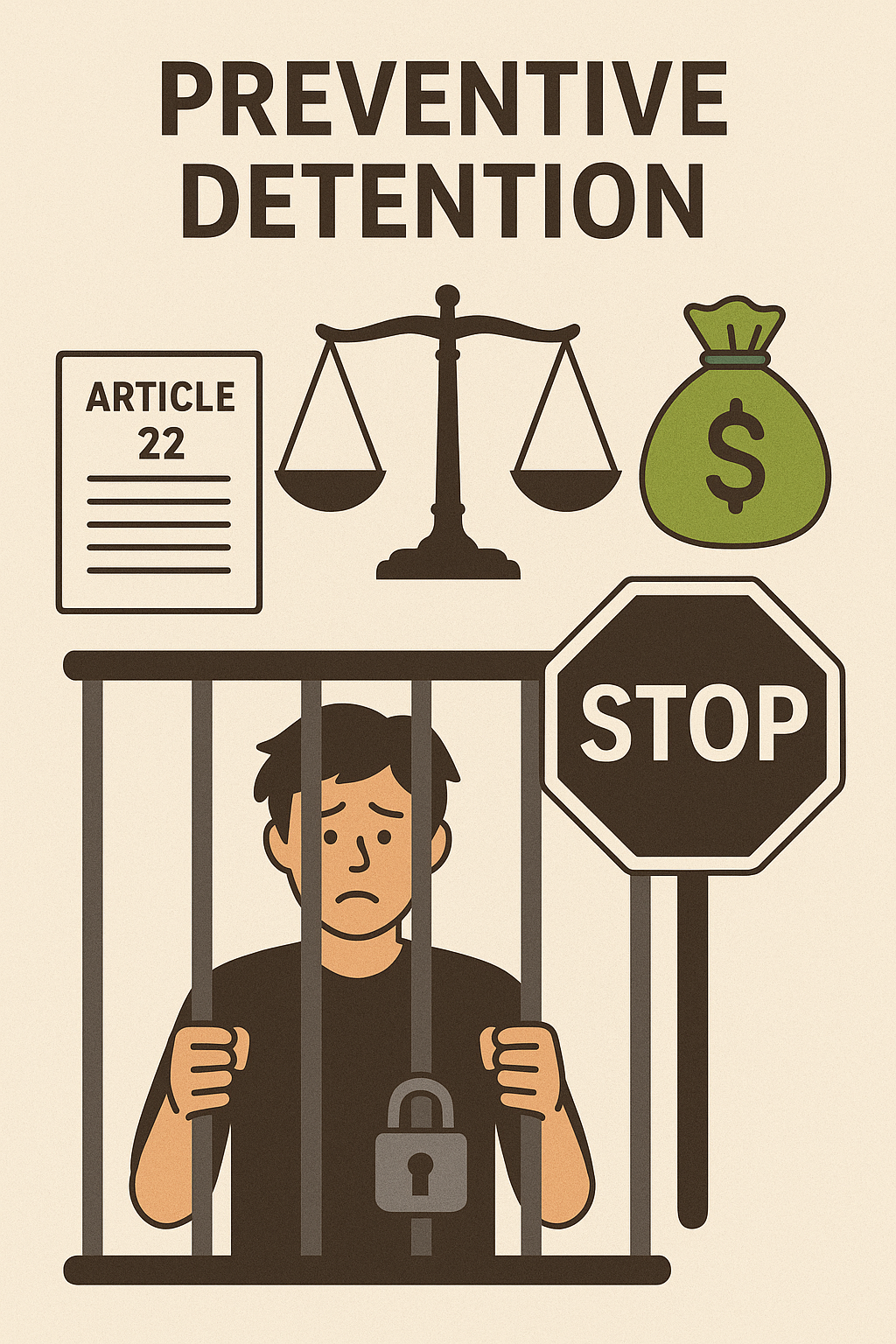
Constitutional Underpinning and the Cost to Liberty
Preventive detention is provided for under Article 22(3) of the Constitution, which is meant to serve as a tool for managing potential threats. However, its application comes with a steep price, it curtails individual freedom and undermines both life and liberty. In Hem Lall Bhandari v. State of Sikkim, the Court stressed that when an individual’s fundamental rights are at stake, the executive branch must act with strict adherence to procedural safeguards and with promptness. Detention based solely on suspicion means punishing someone without a trial, which is particularly grievous since it restricts personal freedoms without ascertaining actual guilt. The judicial insistence on “strict compliance” and “expeditious action” in cases involving life and liberty (as advocated in Hem Lall Bhandari) serves as a reminder that any detention should not bypass the regular judicial process.
Data from the National Crime Records Bureau (NCRB) shows that the number of people detained under various preventive detention laws has been on the rise since 2017 with the exception of 2020. This uptrend suggests an increasing reliance on preventive detention by the authorities. Such growth raises concerns about the potential for abuse, as more individuals are being caught in a system that bypasses the normal criminal justice process.
A critical point raised in the passage is the manner in which the preventive detention provisions have been drafted. They are designed in a way that leaves wide and unchecked discretion in the hands of the executive. For example, Article 22(5) mandates that the reasons for detention be communicated to the detainee “as soon as may be.” The ambiguous term “may” permits authorities to delay this communication under the pretext of reasonableness. Additionally, Article 22(6) allows the detaining authority to withhold the grounds for detention if disclosing them is believed to be “against the public interest.” Although this clause was intended to be a narrow exception to the general principles protecting life and liberty, its open-ended wording can and has been exploited.
The legislative language intentionally provides flexibility for high-stakes situations. However, this flexibility often results in the executive having too much leeway, potentially leading to arbitrary actions. The uncertainty embedded in the usage of “may” allows authorities not only to postpone the explanation of their actions but also to possibly evade accountability.
Judicial Interpretations and Limits on Preventive Detention
Several judgments have attempted to clarify the limited scope of preventive detention:
In Shakoor Ahmed v. State of J&K, the Court asserted that Article 22(3)(b) (which permits preventive detention) must be interpreted only as an exception to the general rule protecting individual liberty. The measure should not be applied to normal law and order situations. The Seventh Schedule of the Constitution lists subjects such as defense, foreign affairs, national security, and public order where preventive detention laws can be validly enacted. This list was designed to ensure that these laws are reserved solely for grave or extraordinary situations.
In another precedent, Banka Sneha Sheela v. State of Telangana, the Court differentiated “public order” from “law and order.” According to the ruling, a genuine public disorder should affect the whole community rather than just being a case of isolated or specific law violations.
The Need for Objective Criteria and Enhanced Accountability
There is a significant of clear, objective criteria to determine when preventive detention should apply. Suggestions for reform include:
- Establishing clear benchmarks, such as fixed durations of imprisonment for specific offenses or enumerating the offenses that qualify for preventive detention.
- Mandating that the detaining authority submit a written report to the appropriate Judicial Magistrate, detailing the grounds for the detention.
- Ensuring that detainees are provided access to legal representation immediately.
- The possibility of constituting a Special Court under Section 36 of the Code of Criminal Procedure, 1973, to promptly review and decide cases of preventive detention.
- Although the Constitution (44th Amendment) Act, 1978 envisaged an Advisory Board to oversee these detentions, the necessary notifications to operationalize this body have not yet been issued.
- Without well-defined standards and clear oversight mechanisms, the system remains vulnerable to misuse by the executive.
- A mandatory process for reporting and reviewing preventive detention cases would introduce a level of accountability and help prevent arbitrary detention.
- Special courts dedicated to these matters could ensure that detainees are not held unnecessarily long and that their cases are examined fairly and rapidly.
In sum, India’s preventive detention laws, though constitutionally sanctioned for critical situations, have become tools for administrative overreach. The broad discretionary powers and lack of clear objective limits have led to a growing number of cases where individuals are detained without proper justification, severely impacting their fundamental freedoms. Immediate legislative and judicial reforms are essential to restrict the abuse of these laws, ensure clear accountability, and safeguard the rights enshrined in the Constitution.

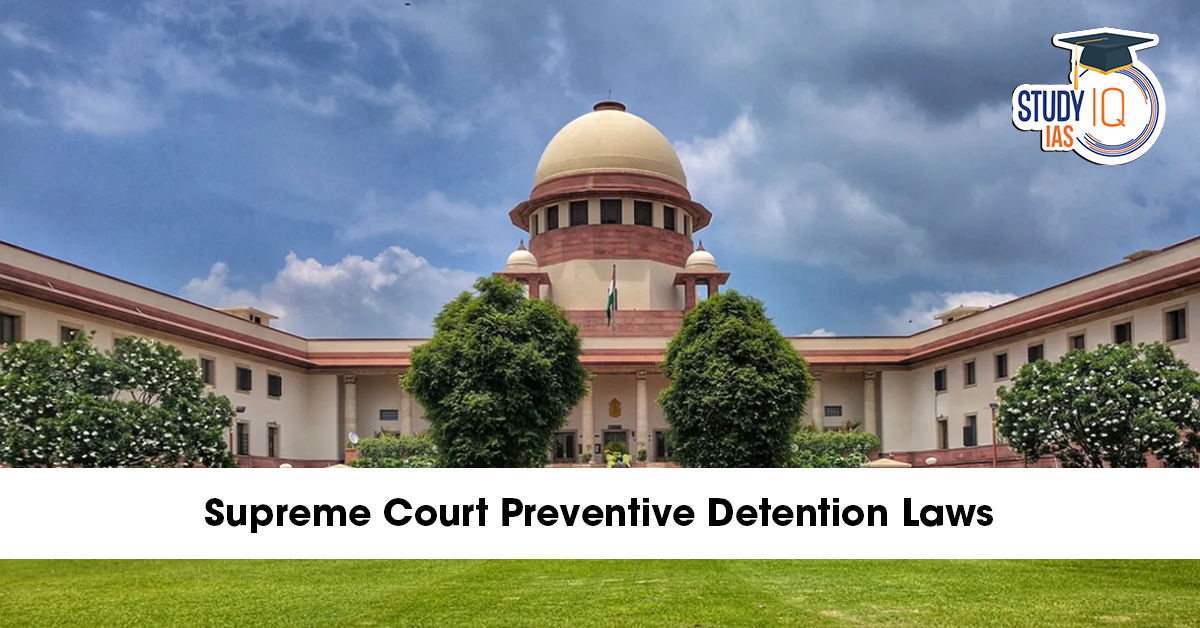
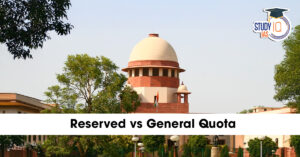 Reserved vs General Quota: Supreme Court...
Reserved vs General Quota: Supreme Court...
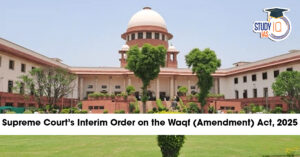 Supreme Court’s Interim Order on the W...
Supreme Court’s Interim Order on the W...






